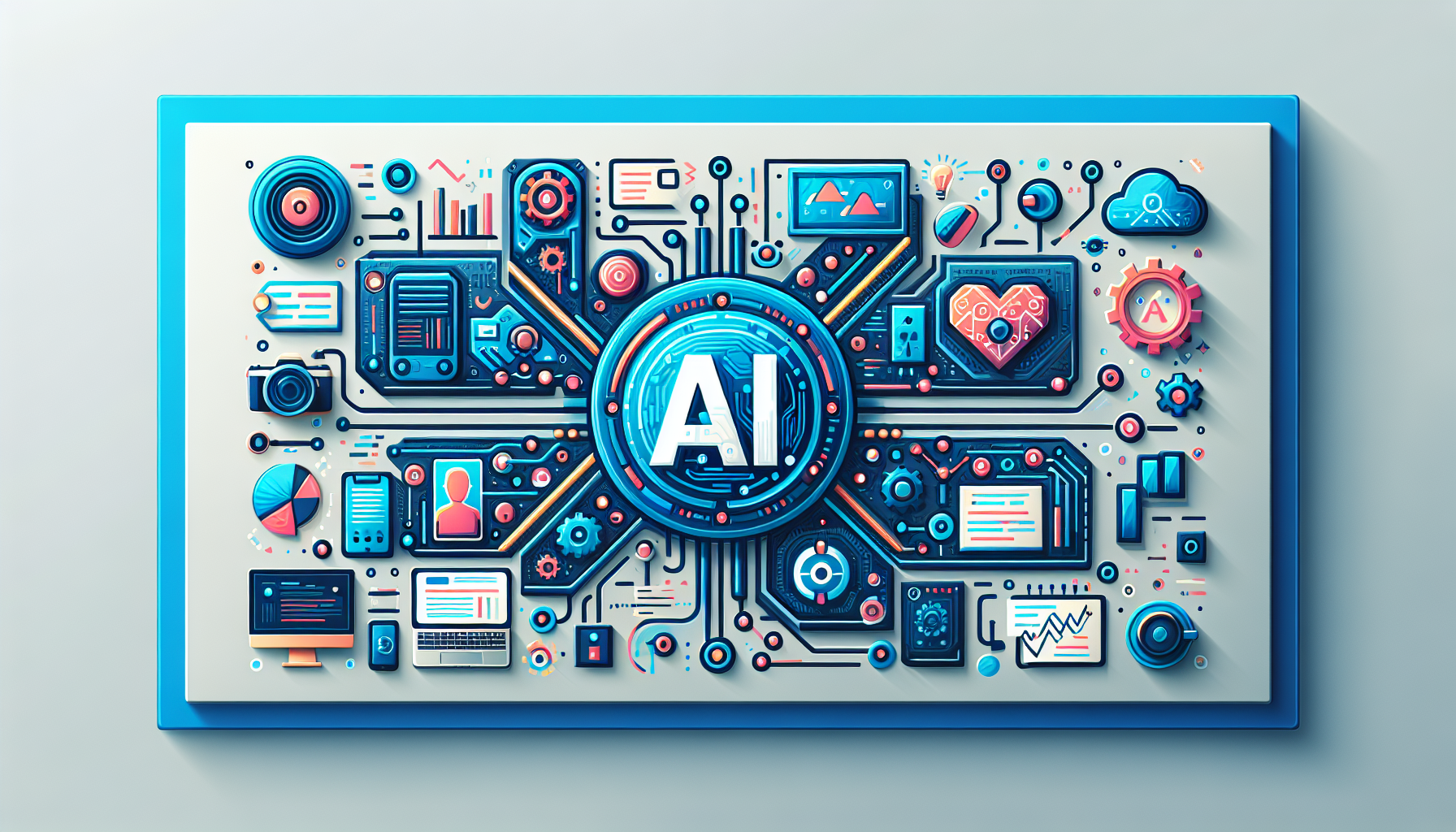Agentic AI and Accuracy: Unlocking Autonomous Decision-Making with High Precision
Introduction
Artificial intelligence (AI) has made tremendous strides in recent years, with the emergence of agentic AI being a significant milestone. Agentic AI refers to AI systems that can act autonomously, making decisions, adapting workflows, and interacting with other systems in real-time. This concept has far-reaching implications for various industries, including customer service, logistics, finance, and healthcare. However, ensuring accuracy in agentic AI systems is a central challenge that needs to be addressed.
Accuracy in Agentic AI
Central Challenge: Agentic AI offers greater flexibility and adaptability compared to traditional scripted AI systems, but maintaining consistently high accuracy, especially at scale, remains a complex task. Issues like "hallucination" (false or fabricated outputs) have been mitigated significantly through techniques like Retrieval-Augmented Generation (RAG) and guardrail prompting.
Human Benchmark: Even highly skilled human agents make mistakes in over 2% of interactions. Advanced agentic AI systems have reportedly achieved up to 99.8% accuracy in knowledge and procedural tasks, a notable improvement over human agents.
Methods for Achieving Accuracy
Agentic AI systems employ various methods to achieve high accuracy:
Hybrid Approaches
Agentic AI often combines LLM-driven flexibility with deterministic, rule-based components inherited from traditional programming. This hybrid structure allows for intuitive, adaptive responses where appropriate, while retaining strict accuracy for critical operations or calculations.
Operational Expertise
Some organizations, such as Crescendo, have adapted human quality management practices to agentic AI, leveraging deep operational insights from large-scale customer experience (CX) deployments to monitor and refine AI performance continuously.
Continuous Learning
Learning agents within agentic AI systems can ingest new data and use it to inform future decisions, improving accuracy over time as they adapt to new scenarios and information.
Probabilistic Reasoning
Agentic AI is inherently probabilistic, making its decisions based on patterns and likelihoods, which allows it to adapt to changing environments and deliver improved, context-sensitive accuracy in domains like logistics, finance, and healthcare.
Comparison: Agentic AI vs. Generative AI
While both agentic AI and generative AI have their strengths, they differ significantly in their primary focus, accuracy handling, and adaptability:
- Primary Focus: Agentic AI focuses on decision-making, action-taking, and workflow design, whereas generative AI is centered around content generation and text/image output.
- Accuracy Handling: Agentic AI handles accuracy dynamically, using context-aware and hybridized approaches, whereas generative AI relies on data-in/data-out static workflows.
- Adaptability: Agentic AI is highly adaptable, interacting and learning from its environment, whereas generative AI has moderate adaptability, limited by its training data.
Implications and Risks
Agentic AI has the potential to provide richer, more accurate insights, such as in fraud detection, where it can contextualize anomalies to minimize false positives. However, like all AI, agentic systems are susceptible to the "garbage in, garbage out" problem, where poor or biased data can negatively affect both accuracy and outcomes.
Conclusion
Agentic AI represents a significant advance over traditional and generative AI in terms of autonomy, adaptability, and the potential for high accuracy. However, achieving and sustaining this accuracy requires sophisticated hybrid architectures, ongoing operational oversight, robust data management, and continuous learning mechanisms. By understanding the complexities of agentic AI and its accuracy requirements, we can unlock its full potential and drive meaningful innovation in various industries.

